I am seeking for a way to use NSE inside argument (in this case, intersect) in dplyr using rlang package.
Data frame:
df <- data.frame(time=as.factor(c(10,10,10,10,20,20,20,20,10,10,10,10,20,20,20,20)),
cost=as.factor(c(10,20,30,40,10,20,30,40,10,20,30,40,10,20,30,40)),
type=c("a","a","a","a","a","a","a","a","b","b","b","b","b","b","b","b"),
value=c(40,20,25,10,80,50,30,60,15,70,80,10,50,20,30,40))
## Set variables for NSE
a <- "time"
b <- "cost"
c <- "type"
d <- "value"
nse_a <- sym(a)
nse_b <- sym(b)
nse_c <- sym(c)
nse_d <- sym(d)
I can plot properly in SE.
## Plot in SE
df %>% ggplot(aes(x=cost, y=value, group=interaction(time,type), color=time, linetype=type)) + geom_line(size=1.2)

However, when I use NSE, it occurs an error:
## Plot in NSE
df %>% ggplot(aes_(x=nse_b, y=nse_d, group=interaction(nse_a,nse_c), color=nse_a, linetype=nse_c)) + geom_line(size=1.2)
Error: unique.default(x, nmax = nmax)
unique() applies only to vectors
It works if I remove group=intersection(...). I suppose the reason may be using NSE in a nested argument 'intersect(...)' inside aes_.
Do you have any solution to avoid this error?
I searched similar topics and tried to apply some examples such as unquoting by !!nse_a but it did not not work. I am new to 'NSE' and still do not well understand its manipulation manner.
